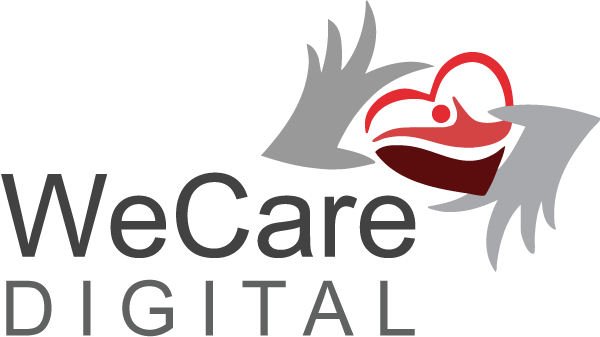This is blog #5 in the series ‘Demystifying digital marketing’
In the earlier four blogs of the series, we saw why it’s crucial to first build your digital presence, optimise your digital strategy, role of social media advertising and the need to analyse to turn social data into action.
At the onset, let us revisit a consumer’s typical buying cycle:
- Stage 1: Awareness
- Stage 2: Consideration
- Stage 3: Purchase
- Stage 4: Repurchase / Loyalty
Take an example of an online food dining service. Assume that the steps of ‘build’ & ‘optimization’ are done i.e. website & social media channels have been created & optimized. The brand creates targeted content with specific objectives and successfully runs some social media advertising campaigns – as an outcome of which the brand has reached a large number of the target audience. A large number of audiences gets interested in the brand and start to follow it’s Facebook page.
So you now have a large fan base on Facebook, and most times these would be your loyal customer base. Typically, these are audiences who have crossed the three stages of the consumer buying cycle i.e. Awareness, Consideration & Purchase. Now is the stage where you need to create your loyal customers, and engagement hence becomes important. Let’s here simplify the term ‘Engagement’. Engagement on Facebook is when people perform actions on your Page; for e.g. – like a post, click on a link or comment.
In order to retain your existing customers and help them become passionate and loyal, you need to interact with them on social media. This also helps grow your business through referrals.
Now that the need for engagement is established, let us look at ways to engage audiences. First and foremost, please go beyond sales messages! Remember that these are either casual or loyal fans, who are already connected to you. Obviously, they know your brand and have probably experienced it. There is no point in bombarding them with sales & product information.
Content now is with an intent to build confidence – can be topical or seasonal. Create content that is not only relevant but personal too. Introduce memes, inspirational, informative, entertaining and other kinds of posts that will get more shares and engagement. Ask questions. Use relevant hashtags. Promote user-generated content to develop personal & intimate engagement with users. Host photo contests. Reward lucky contestants. Show happy workers. Share ‘behind the scene’ photos. Encourage discussions about product-related solutions.
These are just a few examples of posts that help you drive engagement. Adapt and incorporate them as suitable to help you build long-lasting customer relationships. And remember that timing is most crucial – create right content at the right time.
This may seem simple, but be warned that it may not necessarily be. Other than being a great writer, other areas of expertise needed are research skills, grammar skills understanding of SEO and using keywords effectively. With all this, technical skills and understanding of the ever-changing online space are important so as to package content into interesting and different formats e.g. images, GIFs, videos, carousels, etc.
And all along, be cautious that while doing good content is great, do not post content for the sake of it. In fact, leave it to the experts. Do not pick up random stuff and post. It may do more harm than good. Also, avoid any controversial topics. And track your posts to see what kind of posts find resonance with your audiences. Do more of what’s working for you and you may even need to go back to the drawing board to rework on the content or even the strategy. And this brings us back to where the blog series started. Build, optimize, advertise, analyse & engage are interlinked in a cyclic model. These cycles need to move in a synchronised manner. Strategy is the key!

